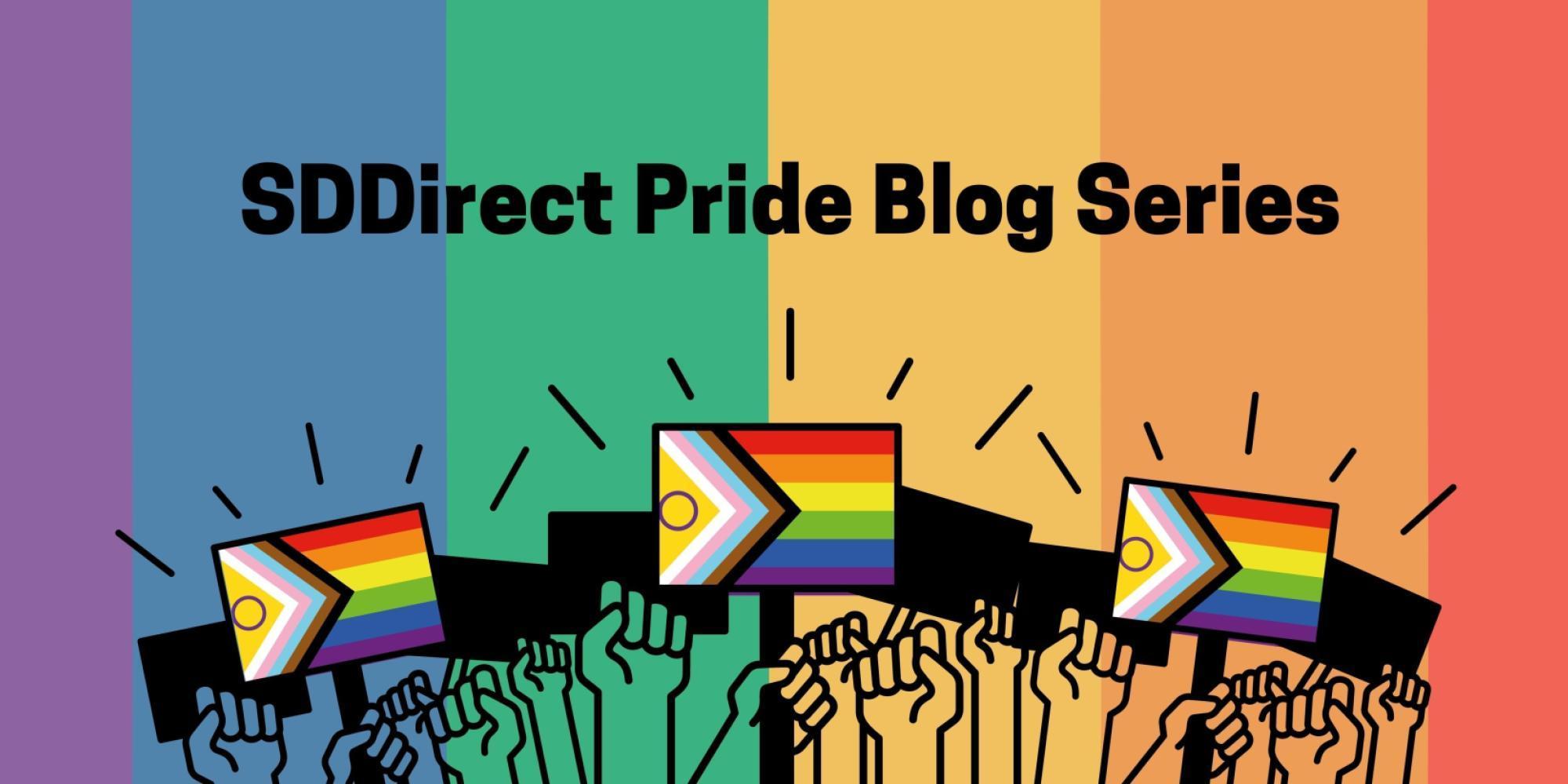
Written by Nu
People with disabilities are not a homogenous group and are likely to face additional barriers or discrimination based on other aspects of their identity, including their age, race and their sexuality or gender identity. Despite this, there is a lack of evidence and resources on the lives and needs of lesbian, gay, bisexual, transgender, intersex and queer (LGBTIQ+) people with disabilities.
To introduce this evidence digest, we interviewed Nu, a disability rights activist and founder of Revival Disability India. Revival Disability India is a digital media project on disability, sexuality and intersectional ableism for disabled and queer folks, by disabled and queer folks.
What are they key issues affecting LGBTIQ+ people with disabilities?
There is a lack of LGBTIQ+ inclusion in the disability movement; it is often very cisgender, white, and middle class or upper caste. The ladder of privilege means that certain individuals have more space and power within the movement, and society more widely, while others are invisible. Disabled people are already marginalised, women and particularly queer women do not have the same opportunities to lead and make decisions.
Talking about gender and sexuality is seen as a luxury for some working in the disability movement, compared to issues like access, which is important but not the only issue affecting disabled people. There are still a limited number of organisations working on disability in India, fewer still that follow a disability justice approach, and even fewer that work on disability and LGBTIQ+ inclusion. Many follow a charity model approach to disability inclusion, where disabled people are seen as being in need, and the focus is on accessibility, particularly on creating ramps and donating wheelchairs. These organisations don’t focus on identity, community or addressing discrimination, and there is no visibility of queerness. There is also a lack of awareness: sexuality is seen as a choice, not a right.
It is difficult to navigate stigma and discrimination – both as a disabled person and for being LGBTIQ+. LGBTIQ+ disabled people do not see themselves represented in business, politics or in love stories. There is a lot of pressure to present yourself as traditionally desirable and physically fit. Members of our community also face lots of invasive, intimate and dehumanising questions, including ‘how does your body function? How do you have sex?’ Due to this stigma and a false perception that all disabled people are asexual, there is a lack of quality education on sexual health and relationships.
What can individuals and organisations do to promote inclusion of LGBTIQ+ people with disabilities? Are there good examples of inclusion in practice?
The world is often not designed for LGBTIQ+ disabled people. Traditional meeting spaces are often not accessible and there can be a lot of stigma and discrimination. Many LGBTIQ+ disabled folks come together in online spaces instead, such as Whatsapp groups, forums or collectives like Revival India, where they can form a community and be free of the mandates put on them around individuality, agency, sexuality and relationships. As a person with a chronic illness and a disability I have been able to create an online space of collective joy where LGBTIQ+ disabled people can connect with each other. It is important to create these communities where queer disabled people can come together to express themselves, their feelings, and their frustrations.
In some cases showing LGBTIQ+ disabled people basic kindness is seen as inclusion: there is a long way to go. There are a lot of tokenistic approaches to inclusion; organisations that talk about inclusion in ways that they can gain publicity or media coverage but do not put these messages into practice. Organisations need to consider their policies Disability Inclusion Helpdesk Evidence Digest June 2022 3 OFFICIAL and ways of working to make sure that no discrimination is allowed and that disabled employees are given enough time to rest.
Organisations also need to make sure they are taking an intersectional approach. Queer disabled people in rural areas often face more barriers and can have more internalised ableism and homophobia, with negative effects for their mental health. At Revival India, we are starting to translate our messages into Hindi to improve our reach into rural areas.
This blog originally appeared in the Evidence Digest Focus Issue: LGBTIQ+ and disability inclusion published by the Disability Inclusion Helpdesk.